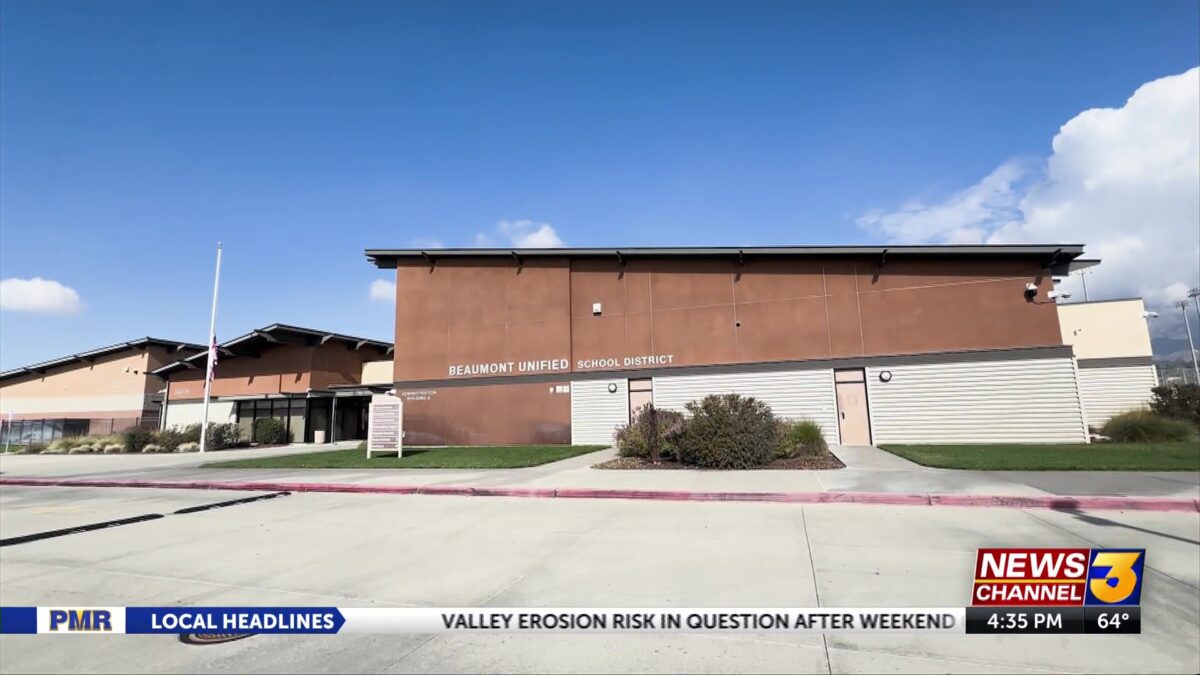Beaumont Unified School District gets grant of nearly $350,000 for emergency radio system

KESQ News Team
BEAUMONT, Calif. (KESQ) – Beaumont USD is nearly finished rolling out its new emergency radio operations system after being awarded a $348,464 grant from the U.S. Department of Justice in 2024.
California has declared 70 disasters in just the last five years according to USAFacts.org, with the City of Beaumont having experienced its own share of emergencies. The new communications system connects all District campuses ranging from Calimesa, Banning, and Beaumont in the event of a crisis, such as a major earthquake.
“In the event of an emergency, cellphones can become overloaded, sometimes making it impossible to place a call. Our emergency radios allow us to immediately communicate with school sites without needing to rely on cell towers. It’s also faster. Click a button and we’re immediately talking to every school,” explains Serenity Junge, Beaumont USD Risk and Safety Director who submitted the grant.
Beaumont USD Risk and Safety Technician Albert Nolasco was instrumental in doing a lot of the leg-work for the radio system once the grant was awarded. “This project took months of work and still continues. We worked with Motorola to conduct heat studies, installed radio repeaters on rooftops, distributed radios, and conducted the first Districtwide test of the radios during the 2025 Great California Shakeout.” The Great California Shakeout is an annual, statewide drill involving millions of participants in preparation for an earthquake.
Each school has a minimum of three Motorola XPR 3500 radios, with enhanced safety features including 28-hours of battery life, instant push-to-talk communications, and the ability to remotely activate a radio if an employee is unresponsive.
In addition to the emergency radio system, the District maintains around 700 emergency supply containers, which includes high-calorie meal replacement bars, clean-drinking water pouches, mylar thermal blankets, battery-free flashlights, first-aid pouches, and C-A-T® tourniquets.
“When kids are in our care, we put enormous thought into their safety. I encourage every household to also make a plan and build an emergency kit,” explains Junge. Only 25% of households in the Inland Empire say they’re prepared for a natural disaster according to a report by the Public Policy Institute of California.